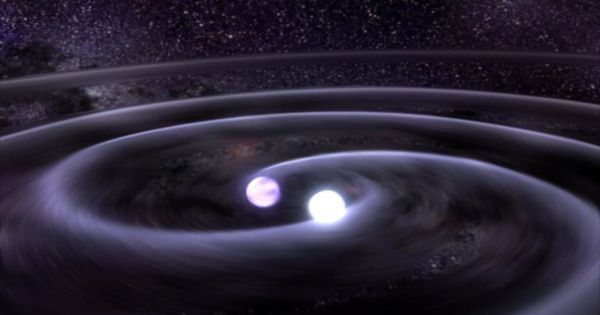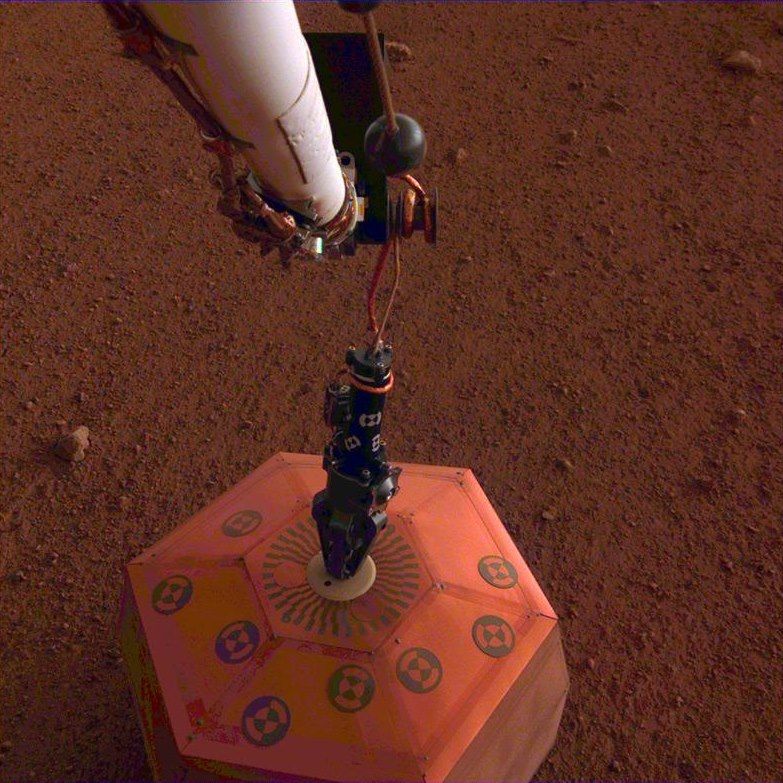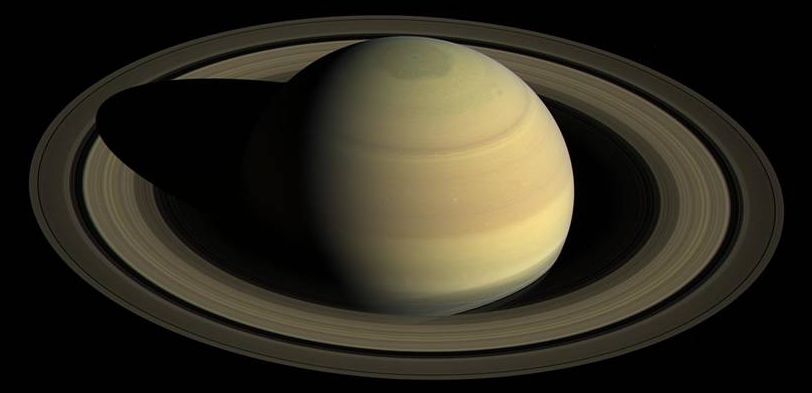HUGE skating rink?
The European Space Agency has shared an incredible composite image showing a 50-mile wide crater on Mars that is filled with water ice all year long.
Budding future colonists hoping for a white Christmas on Mars will be somewhat disappointed as the ESA has confirmed that sitting in the Korolev crater is, in fact, a thick block of water ice, not snow. The enormous, 82-kilometer-wide, 2-kilometer-deep “ice trap” could still be good for ice skating though.







